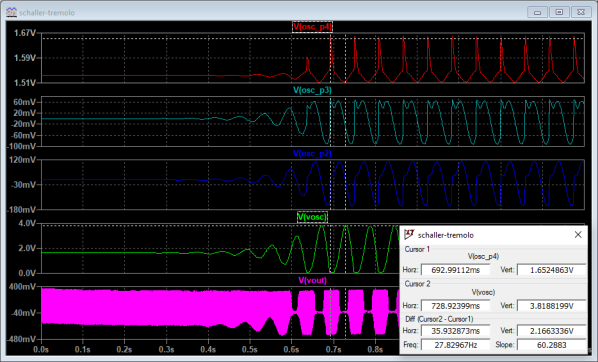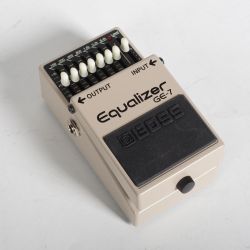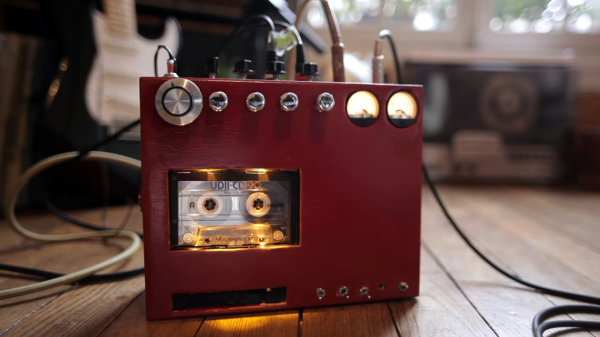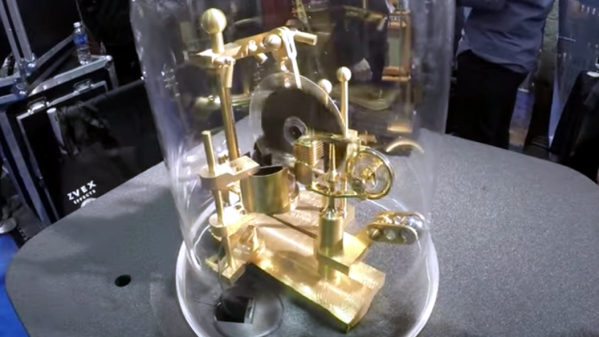Distorted guitars were a big part of the rock revolution last century; we try to forget about the roll. As a youth, [David Hilowitz] couldn’t afford a loud aggressive amp, a distortion pedal, or even a proper electric guitar. This experience ended up teaching him that you can use random old audio hardware as a distortion effect.
[David’s] guitar journey started when he found a classical guitar on a dumpster. He learned to play, but longed for the sound of a proper electric guitar. Family friends gifted him a solitary pickup, intending he build a guitar, but he simply duct-taped it to his steel-strung classical instead. The only thing he lacked was an amp. He made do with an old stereo system and a record pre-amp. With his his faux-electric guitar plugged into the microphone input, he was blessed with a rudimentary but pleasant distortion that filled his heart with joy.
[David] goes on to explain the concepts behind distorted guitar sounds, and how his home hi-fi was able to serve as a passable starter amp when he was young and couldn’t afford better. He then goes on the hunt for more old gear at a local Goodwill store, finding a neat old tape deck that similarly produced some nice warm distorted tones. In [David’s] experience, old hi-fi gear with microphone inputs can generally do a decent job in this role, with electric guitar pickups typically overloading the preamps which expect a lower-level signal. It’s different to what you’d get from a Big Muff or Boss DS-1, but it’s a neat sound nonetheless.
We’ve looked at distortion effects before, including rolling your own and putting it into production. Video after the break.
Continue reading “You Can Use An Old Tape Deck As A Distortion Pedal”



 components and attenuating the low-frequency components. Of course, it’s fun to look at signals this way as well, especially when you can correlate shifts in sound quality to changes in the waveform and, ideally, the circuit that produces it.
components and attenuating the low-frequency components. Of course, it’s fun to look at signals this way as well, especially when you can correlate shifts in sound quality to changes in the waveform and, ideally, the circuit that produces it.




















